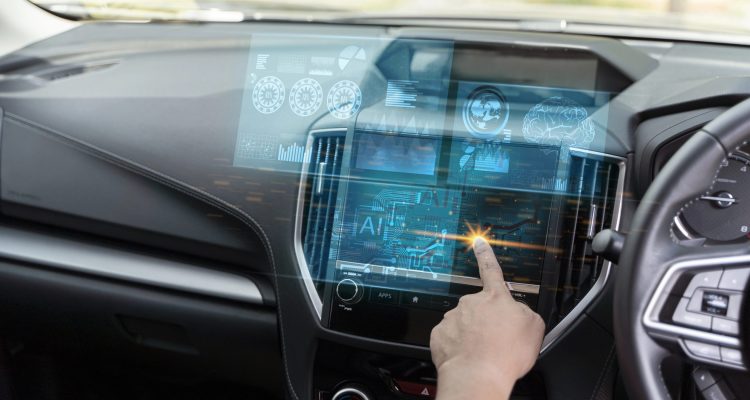As automotive technology continues its rapid evolution, public comprehension and trust are emerging as pivotal factors in the adoption of advanced driver assistance systems (ADAS) and autonomous vehicles. At the forefront of this challenge is ensuring that drivers are not only exposed to new capabilities but are also able to understand and confidently interact with them.
Modern vehicles integrate a vast array of automated features, from adaptive cruise control and lane-keeping assistance to gesture-based controls and configurable driving modes. While these innovations aim to improve safety and convenience, they have simultaneously increased cognitive demands on drivers. Many motorists still rely on foundational training received decades ago, creating a gap between technological capability and user understanding.
“We’re making things easier, but we’re also overwhelming drivers because they don’t always understand everything we’re giving them. Driver education hasn’t evolved at the same pace as vehicle technology,” noted David Mitropoulos-Rundus, Senior Engineer at Hyundai America Technical Centre.
Dealership handovers, the traditional method of familiarising drivers with new features, are often insufficient. Users may retain only a fraction of the information presented, resulting in underutilisation or misunderstanding of critical systems.
The diversity of vehicle interfaces across brands and models exacerbates user challenges. Drivers navigating multiple vehicles—whether in multi-car households, rental fleets, or corporate environments—face inconsistent control layouts, labelling, and feedback systems. Standardising interfaces and ensuring logical, predictable control placements can significantly reduce confusion and enhance usability.
Mitropoulos-Rundus emphasises that default settings must reflect user expectations rather than engineering convenience. This approach ensures that even less engaged drivers experience optimal functionality while offering customisation options for advanced users. Early and frequent usability testing, integration of on-screen help, and contextual design are essential strategies for delivering a coherent and supportive driving experience.
Adoption of ADAS and autonomous systems is less dependent on technical performance than on user trust. Drivers often struggle when systems behave unpredictably, undermining confidence in automated interventions. Transparency in feedback and system operations is therefore crucial. Users need to understand why a vehicle acts in a certain way to prevent confusion, frustration, or unsafe responses.
“Confusion and annoyance can be more dangerous in driving than distraction,” explained Pol Guix Estrada, UX Product Quality at SEAT.
Integrating human factors research into the early stages of design ensures that user experience is prioritised, allowing drivers to benefit from features such as Level 2+ autonomous systems. As vehicles move toward full autonomy, education and hands-on exposure become even more vital, as users must trust systems completely when traditional controls are removed.
Technology alone cannot guarantee successful adoption. Building confidence requires consistent communication, reliability, and an intuitive interface that aligns with user expectations. By focusing on comprehension, user-centred design, and transparent operation, the automotive industry can bridge the gap between innovation and acceptance, ensuring that drivers feel informed, capable, and secure as vehicles become increasingly automated.
The advancement of automotive technology presents both extraordinary opportunities and complex challenges. By understanding human cognitive limits, prioritising clarity, and fostering trust through design and education, manufacturers can ensure that innovations are not only available but actively embraced by the public. The vehicles of tomorrow must serve drivers, enhancing safety and convenience without overwhelming them.






